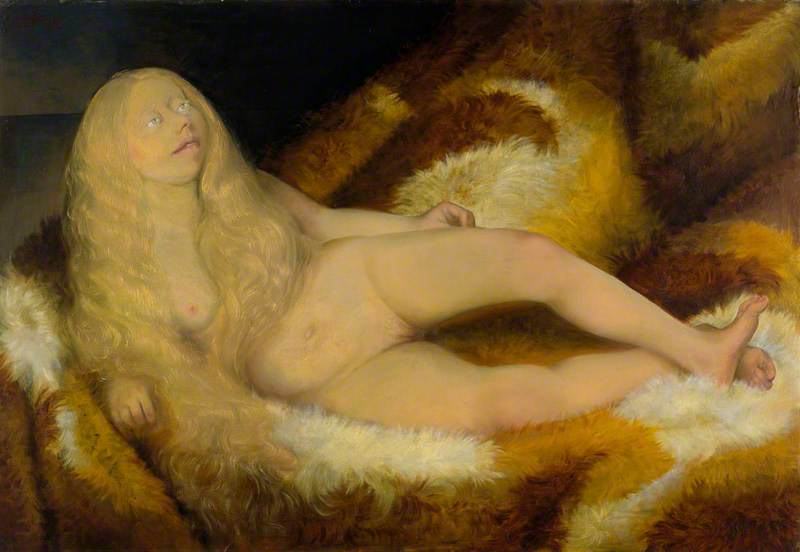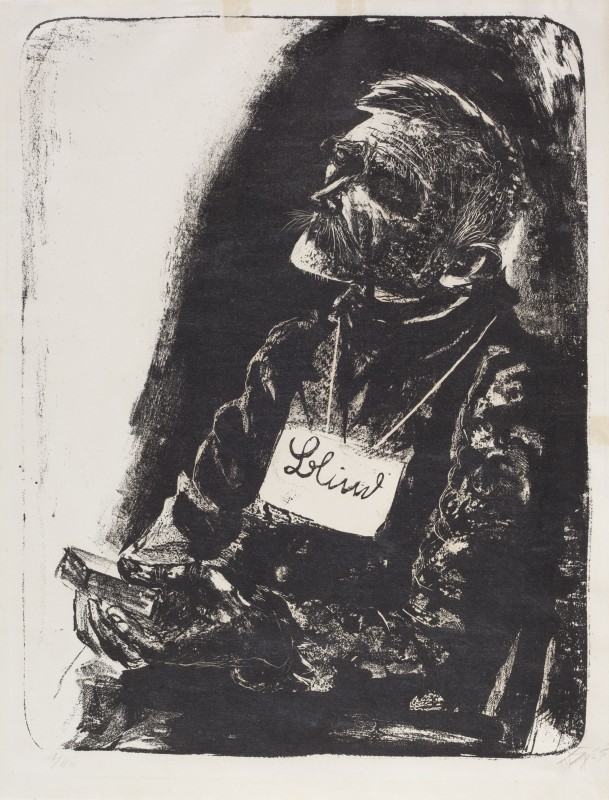(b Untermhaus, Thuringia, 2 Dec. 1891; d Singen, 25 July 1969). German painter and printmaker. In the 1920s he was, with George Grosz, the outstanding artist of the Neue Sachlichkeit movement, his work conveying his disillusionment and disgust at the horrors of war and the depravities of a decadent society with complete psychological truth and devastating emotional effect. The Match Seller (1920, Staatsgalerie, Stuttgart), for example, is a pitiless depiction of indifference to suffering, showing passers-by ignoring a blind and limbless ex-soldier begging in the street, and Dix's fifty etchings entitled The War (1924) have been described by George Heard Hamilton (Painting and Sculpture in Europe: 1880–1940, 1967) as ‘perhaps the most powerful as well as the most unpleasant anti-war statements in modern art’.
Read more
Another favourite theme was prostitution and he was a brilliantly incisive portraitist (Sylvia von Harden, 1926, Pompidou Centre, Paris). In 1927 he was appointed a teacher at the Dresden Academy, but his anti-military stance angered the Nazi regime and in 1933 he was dismissed from his academic posts and his work was declared degenerate. From 1936 he lived quietly in the country near Lake Constance and painted traditional landscapes, yet he still aroused suspicion: in 1939 he was arrested on a charge of complicity in a plot on Hitler's life, but was soon released. He was conscripted into the Volkssturm (Home Guard) in 1945 and was a prisoner in France 1945–6; he then returned to Lake Constance. His post-war work—which was much more loosely handled and often inspired by religious mysticism—did not compare in originality or strength with his great achievements of the 1920s, but he remained a highly respected figure, receiving major awards from both East and West Germany.
Text source: The Oxford Dictionary of Art and Artists (Oxford University Press)






